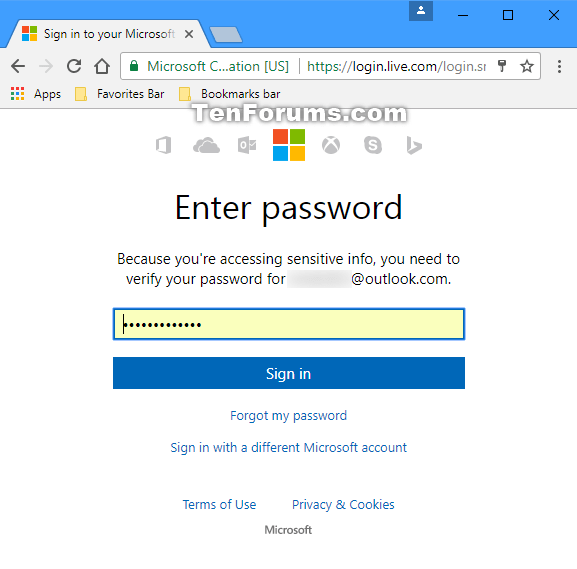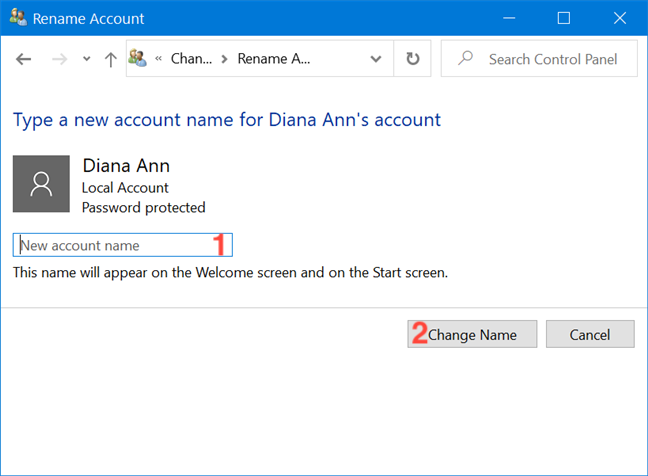
Opening the Advanced option under the Advanced tab of control userpasswords2 gives me the option to reset the account password, but warns me of data loss. However, all my searching has only yielded ways to change from a Microsoft Account to a Local Account if I already have access to the Microsoft Account, which I do not. I believe the best way to get access to that account is to change it from a Microsoft Account to a Local Account, which should allow me to reset the account password without losing any data. However, I have some compiling issues and source control questions that I think would be easily answered by having access to our unavailable developer's account. I have access to Administrator accounts on this machine that are able to access the project in Visual Studio. I am working with other developers to troubleshoot some bugs and continue development of our software. Unfortunately, this developer is completely unavailable to us due to medical reasons. One is a Windows 8.1 machine used by our contract developer - he VPNs into our network, logs in to the VM with a Microsoft Account tied to his personal email address, and works in Visual Studio on that machine. We have an in-house server that runs several virtual machines (no domain).

I'm the de facto IT guy at a small company (~30 people). Let me know if I am wrong and I'll be happy to go elsewhere. I've searched around and cannot find an answer, and have found a few places that it seems appropriate to ask, and this is one of them. To change to LocalSystem, StartName should be changed to "LocalSystem" and all other values remain as $null.My apologies if this should be posted elsewhere. Ensure you put them in the proper order, otherwise you could corrupt the service configuration. There are 11 values and $svcobj.change needs to have all of them configured in order to work properly.

Each value here corresponds to a specific portion of the service configuration.

$svcobj.change relies on these these values in this sequence below. csv or some other powershell get function. I used this method to change the service login to local system for about 40 machines.


 0 kommentar(er)
0 kommentar(er)
